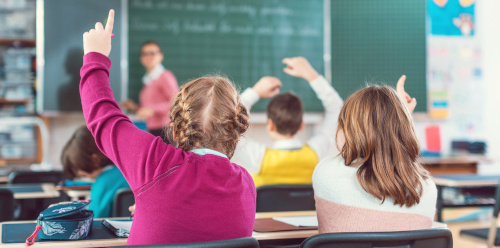Technology plays a pivotal role in classrooms, and as it becomes more sophisticated, educators realize that creating active learning environments can help them effectively and efficiently use technology engage students in their learning.
What’s your edtech plan post-COVID? Join this eSchool News webinar to learn how to assess your classrooms and ensure they are immersive, engaging, and embracing active learning practices.
You’ll learn from a team of experts and educators who can share important insights on the practices and components of active learning. Join today!
More from eSchool News
Educators know project-based learning (PBL) isn’t simply another teaching strategy. Project-based learning gives students deeper learning experiences, and as they apply their knowledge, they develop soft skills such as critical thinking and team work–skills they’ll carry through to college and the workforce.
In 2020, students, teachers, and parents made an extraordinary pivot to distance learning with no preparation at all. From the district perspective, investments have been made in technology and infrastructure that may not have been made otherwise. We all gained phenomenal skills and insights as a result of having to make this abrupt turn, and then having to sustain that as the global pandemic persisted.
As an educator, with over 17 years of experience, I’ve heard the word diversity used in various contexts throughout my career. However, over the last 16 months or so, the importance of diversity–and especially inclusion–has been highlighted to Americans across the country, in very visible, and sometimes unsettling ways.
We live in a world where learning and technology are intrinsically linked, especially in the minds of our youth. But do today’s students process information differently because it comes on a digital device? Is there a correlation between technology use and plummeting literacy rates? And is the way our young people consume information negatively impacting their growth as learners?
Want to share a great resource? Let us know at [email protected].

:max_bytes(150000):strip_icc()/Health-nasal-spray-recall-2-6d101cd99a544042a4197e180cebe9c3.png)













